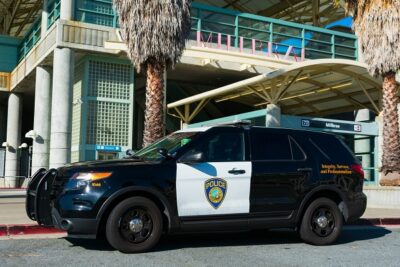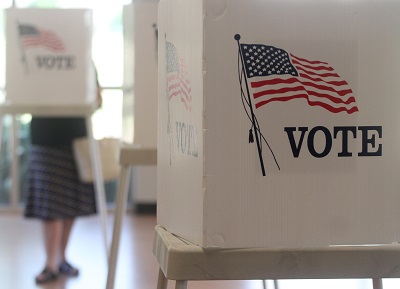Bridge Crossing Data a Good News, Bad News Story
The good news is that the number of commuters crossing Bay Area bridges has returned to pre-pandemic levels. That’s also the bad news. The growing commute signals progress in reopening the economy. Unfortunately, it also signals that commuters are choosing automobiles over transit as they make their way back to workplaces.
An analysis of data from the Bay Area’s seven state-owned toll bridges shows overall commute volumes as of October 2021 have returned to 88% of levels from October 2019. Some bridges, such as the Antioch and Carquinez toll plazas, are at nearly 100%. On the Bay Bridge, current rush hour volumes are higher than they were pre-pandemic.
Transit isn’t faring as well, with ridership on BART lingering at just 26% of pre-pandemic levels. Worse is that the increase in automobile commuters comes even as many employees are still working from home, with office occupancy rates as low as 25% in San Francisco and 27% in San Jose. These findings highlight the importance of getting commuters back on transit. History tells us that once these habits get entrenched, getting them undone is extremely difficult.
That’s why the Bay Area Council is working with regional transportation planners and transit agencies to better understand changing commute patterns and remote work plans by employers and promote both short- and long-term strategies, from reduced and discounted fares to more seamless service among systems, that will get commuters back on transit.





